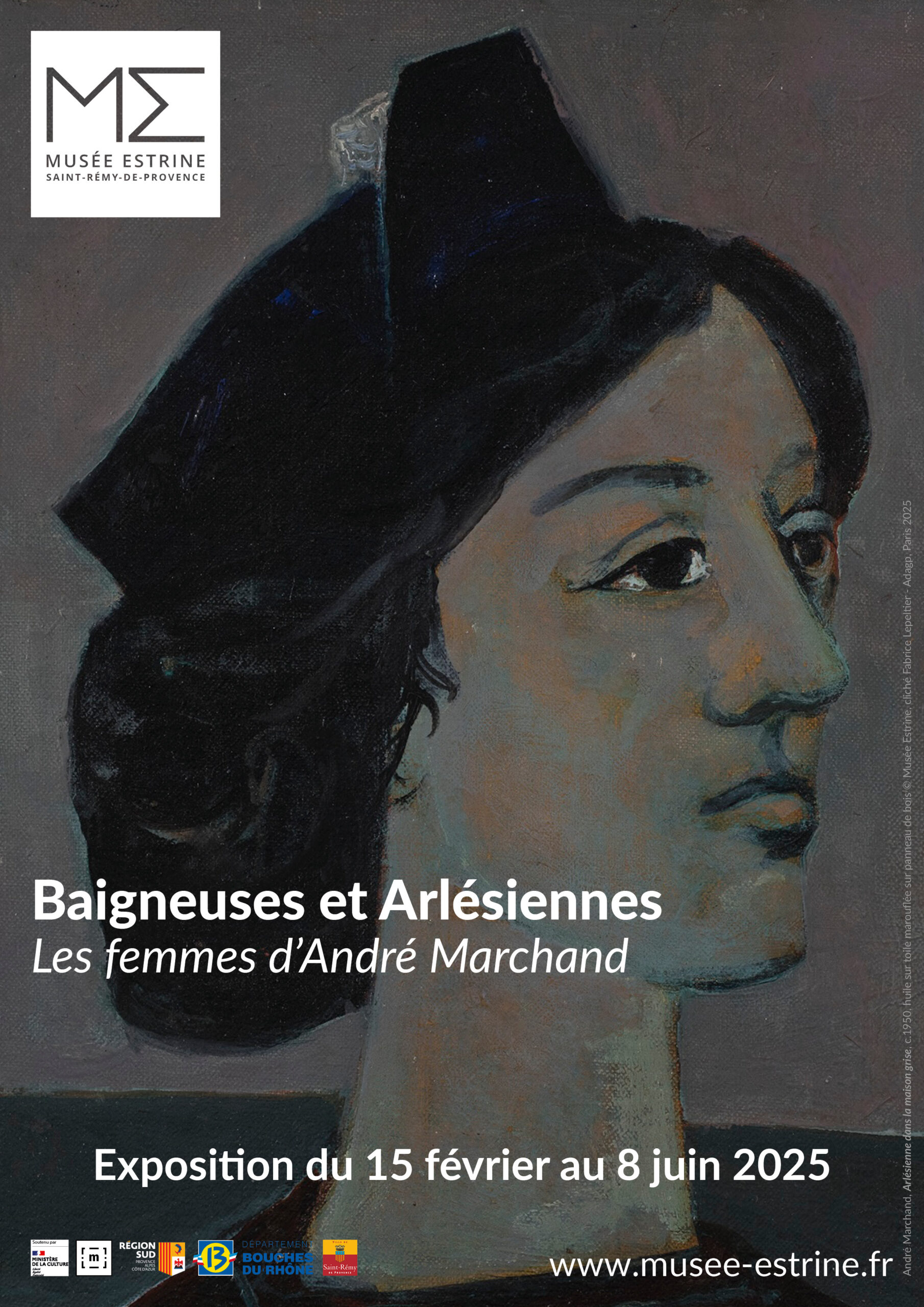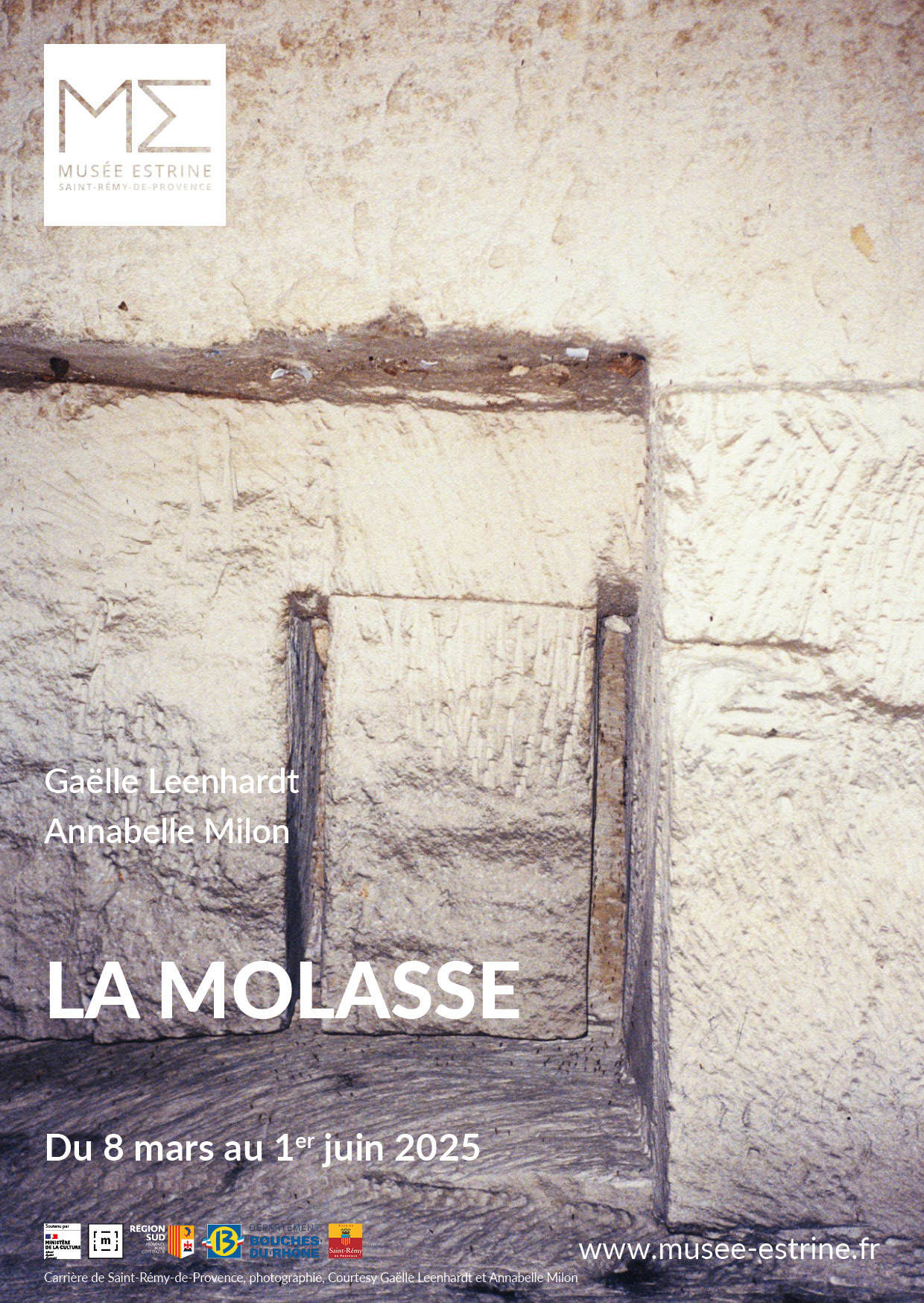FANS AND MANTILLES
Banished from his country by Franco, Picasso will not cease to show his belonging even among his relatives whom he liked to hispanize, even if it is on the playful mode of disguise. He thus adorns them with the panoply of the torero, even offers his teenage son Claude a real costume of lights. Before the lens of Jacques-Henri Lartigue, Picasso takes the pose of the banderillero ready to plant his harpoons on his acupuncture Jeanne Cref, torera riding the bronze goat, wink at the needles she plants in her flesh and become brushes in her artist’s hands: to each his tools of salvation.
Similarly, Picasso looks girl or friends of mantilla, fan and castanets, feminine attributes of his native Andalusia that he offers to Françoise to accompany a flamenco dress with polka dots and ruffles. He dedicates to Paloma a photograph of her in Carmencita alongside Claude en torero. Many photos, paintings such as the famous portraits of Fernande, Olga or Benedetta Canals make the mantilla a stereotypical marker of Hispanic culture, even in buffoonery like when Picasso covers his head, filmed by Man Ray in 1937. In 1913, Éva Gouel, maliciously incited Gertrude Stein and her friend Alice Toklas to join them in Céret: “My dear friends, prepare your mantilles to come to the [bull] race that will be very beautiful…” Pablo will kill a bull in your honor. Good friends. Éva.”
For his friend from Perpignan, Paule de Lazerme whom he immortalized in a Catalan outfit, Picasso fashioned in 1954 his first necklace in gold whose pendant is a bull’s head and which she liked to wear at the bullfights alongside him.
Picasso in mantilla, screen shot from the film by Man Ray, La Garoupe, 1937


